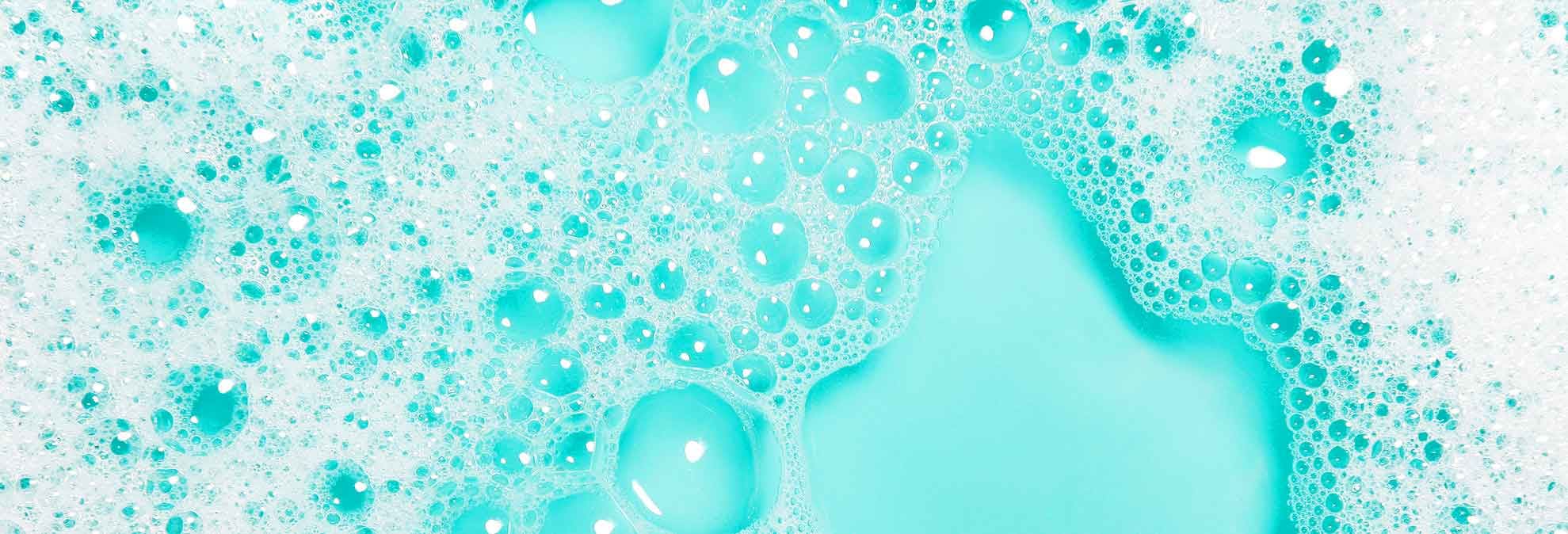
Laundry Detergent Buying Guide

Home & Appliances Writer
When you’re shopping in the detergent aisle, it’s easy to get distracted by colorful packaging and compelling marketing claims. This label says a product is “stain-busting.” The one next to it is “color-boosting.” Yet another touts an “odor-blasting” formula. Still others are claimed to be gentle to your skin and the environment.
Get past all the hype and there’s another detergent decision to make: Do I choose a liquid, powder, pod, or sheet?
There’s no easy way to tell which formulas deliver on the promises. But our tests of dozens of laundry detergents show there are significant differences in performance from one to the next. Some detergents are effective at getting clothes clean, while others barely clean clothes better than running a wash cycle with no detergent at all. In addition, we’ve found that some forms of detergent, as a group, tend to perform better or worse than others.
There are two things to remember in your quest to get your clothes their cleanest. One is that detergent formulas today are highly concentrated. This helps to reduce the amount of plastic or cardboard needed for the containers they come in. But it also means you need to pay attention to the directions for how much to use for each load. Free-form pouring isn’t just a waste of detergent and money but also can lead to environmental harm and leave icky residue on your clothes. Our experts generally recommend that you use about 1.5 ounces—about a shot glass full—for an average load.
The other is that if your clothes aren’t getting clean, it might not be the detergent at fault. Our tests of hundreds of washing machines (including the more than 120 models currently in our ratings) reveal a wide disparity in cleaning performance between our top-rated washing machines and some underperformers we’d never recommend.
Read on for more about the choices lining the detergent aisle and how CR tests detergents to separate the stain-lifting superheroes from the washday wannabes.
How We Test Laundry Detergents
Our laundry detergent ratings include our lab results on more than 80 detergents currently on the market, including liquids, pods, powders, and sheets. Here’s how we test them.
We launder fabric swatches that are saturated with blood, body oil, chocolate, coffee, dirt, grass, and salad dressing. We use stains that are exceedingly hard to remove so that we can detect real differences among detergents. Even the best detergents can’t remove every stain completely.
We wash the swatches using each detergent twice in a front-load washing machine. (We don’t use a dryer because the heat can alter the stains.)
Today’s water- and energy-efficient washers are designed to operate using cooler water than traditional top-loaders of decades past. As wash cycles got cooler, the chemistry of detergents had to change in order for them to clean effectively. That’s why we test detergents only using cool water. (But CR recommends that consumers at home wash whites and towels in hot water to break down potential stains and sanitize.)
After laundering, testers use a colorimeter, a device that measures color intensity, to see how much of the stains remain on each dry swatch compared with stained swatches that have been laundered using only water.
The best detergents we’ve tested earn an excellent or very good rating for removing common stains like body oil and dirt, and they can also tackle tougher ones, such as grass and blood. The worst detergents? They’re barely better than water when it comes to removing most stains. Hard water, which has a high mineral content, can reduce the effectiveness of some detergents. We test for that, too, as you’ll see in our ratings.
Laundry Detergent Types
Here’s what you will see in the laundry aisle.
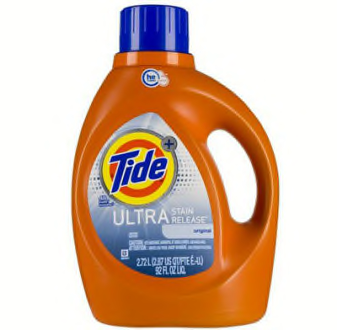
Liquid Laundry Detergents
Chances are most of the detergents you find in your local grocery store aisle are liquids, most of them bearing the letters “HE.” Those initials refer to “high efficiency,” and these detergents have pretty much replaced regular formulas. Washer manufacturers recommend these low-sudsing detergents for front-loading washers and high-efficiency top-loaders (the type without an agitator) because the appliances use significantly less water than washers did a decade or so ago. Even new agitator top-loaders use less water than they once did, and many now come with instructions to use HE detergent. The jugs most liquids come in are often cited as a significant contributor to plastic pollution, but the makers of some detergents, like Dreft Newborn Eco Box, have changed their packaging to reduce the amount of plastic.
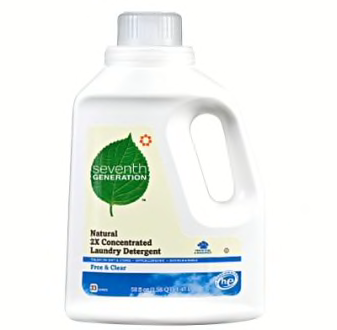
"Free & Clear" Laundry Detergent
Detergents marketed as being free of harmful or irritating substances are an expanding sector of the market. Their labels often feature buzzwords like “free,” “clear,” “hypoallergenic,” “sensitive skin,” or “pediatrician recommended” in making the claim of being beneficial to children and others with sensitive skin. Although formulas vary, these detergents are generally absent of dyes, perfumes, optical brighteners, phosphates, phthalates, and 1,4-dioxane (a suspected human carcinogen), according to Eric Boring, PhD, a chemist in CR’s consumer safety testing program. In our tests, detergents branded “free,” “gentle,” or “clear” (or some combination of those words) earn Overall Scores that range from very good to just fair (which we consider an unfavorable rating). Sensitive-skin formulas can be found in pods also, and a majority of laundry detergent sheets are claimed to be free of irritating or toxic chemicals.
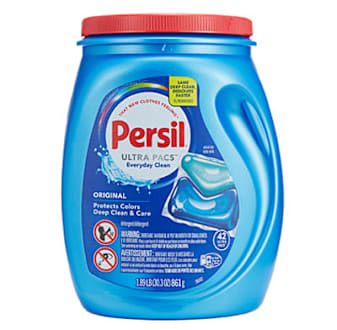
Laundry Pods
Many consumers are sold on the convenience of detergent pods, which pack a premeasured combination of cleaning agents in a clear or opaque membrane for easy use—just toss one in your machine and you’re done. While we’ve found that some clean quite effectively, the top liquids we’ve tested outmatch pods in their Overall Scores. Pods have also generated their share of controversy. Since their introduction in 2012, cases of accidental ingestion by small children and cognitively impaired adults—sometimes with dire consequences—have alarmed public health advocates and others. As a result, CR doesn’t recommend pods and advises that they be avoided in households with small children or older people. (See “The Trouble with Pods,” below.) Most recently, questions about the health and environmental effects of PVA (polyvinyl alcohol), a synthetic polymer used in their casing, have raised more concerns about pods.

Laundry Sheets
Known by several names—laundry sheets, detergent strips, detergent squares—these are plastic-free sheets of concentrated laundry detergent held together by resin and paper that dissolve in water. Designed as an environmentally friendly alternative to chemical-laden liquid detergents in plastic jugs, laundry detergent sheets typically come in lightweight cardboard packaging and are often claimed to be free of chemicals, including bleaches, dyes, parabens, and phosphates. Their cleaning power, however, falls far short of other detergents. As a group, laundry sheets score lower than the lowest-scoring liquids and pods in our tests. Few brands have made their way to store shelves, but they’re widely available online, some by subscription.
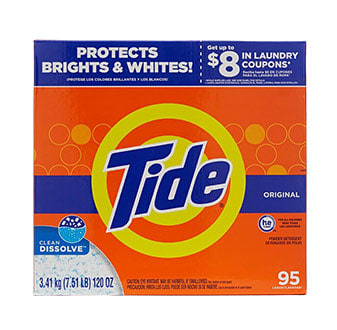
Powder Detergents
Old-fashioned powder detergents still register in some markets, particularly in Latino communities. Powders are priced lower (typically less than 20 cents per load), and many are packaged in plastic film bags or eco-friendly cardboard boxes. But you can’t pretreat clothes stains with powders, and CR’s tests show they don’t clean quite as well as liquids and pods overall. Today’s high-efficiency machines also use less water than ever, which means powder-washing risks a higher chance of leaving residue on your clothes, especially if you own an HE top-loader where clothes can tangle and catch detergent between them.
The Trouble With Pods
As mentioned above, CR doesn’t recommend any of the detergent pods or packs in our ratings. This is because of the risk they pose to young children and cognitively impaired adults.
Between 2013 and February 2024, America’s Poison Centers received 117,808 calls related to liquid laundry packet exposure. It can occur in several ways: ingestion, inhalation, getting the detergent in the eyes, or absorbing it through the skin. CR advises against using these liquid detergent packets in households where children younger than 6 or cognitively impaired adults may be present.
The Consumer Product Safety Commission reported eight deaths related to ingesting liquid laundry detergent packets in the U.S. between 2012 and early 2017. Two were young children and six were adults with dementia. Concern about pods grew further in 2018, with reports of adolescents swallowing the detergent packets as part of the social-media-fueled Tide Pod Challenge. The danger remains real enough that Procter & Gamble recalled more than 8 million defective packages of pods in 2024 when it was discovered that children and other vulnerable individuals could access the packaging.
As early as 2012, CR called on manufacturers to make detergent pods safer, arguing that outer packaging should meet federal standards for child-resistant packaging under the Poison Prevention Packaging Act. Many manufacturers responded by switching from clear to opaque plastic containers or making their packaging more childproof. We stopped recommending detergent pods in 2015.
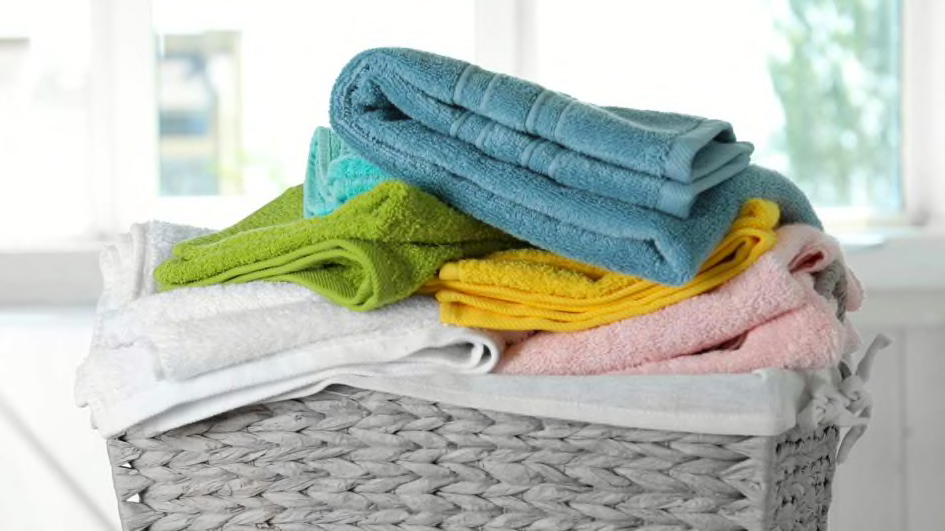
Photo: Shutterstock Photo: Shutterstock
Laundry Additives: Fabric Softeners and Stain Removers
Fabric softeners work by depositing a layer of electrically charged chemical compounds on fabric, causing its fibers to fluff up and feel softer on the skin. They also neutralize the electrical charge that makes clothes cling together when they come out of the dryer.
But CR doesn’t recommend the use of fabric softeners for several reasons. Fabric softener can reduce flame resistance in children’s sleepwear, and residue buildup in a washing machine can promote the growth of mold. Fabric softeners can also diminish the wicking ability of workout clothes and irritate sensitive skin.
When it comes to stain removal, dabbing a bit of high-performing detergent on the stain before washing is likely to give you the same or better results than using a spray stain remover. In an evaluation of six top-selling prewash stain removers—including sprays from OxiClean, Shout, and Spray ’n Wash—we found that just one, OxiClean Max Force, removed stains better than simply dabbing on a high-performing concentrated liquid laundry detergent. Our ratings of liquid laundry detergents assess those we’ve tested for their effectiveness as a pretreatment, and most work admirably.
Laundry Lessons
Even the best detergent can’t make up for bad laundry practices. Here are four rules to live by when you do the wash.
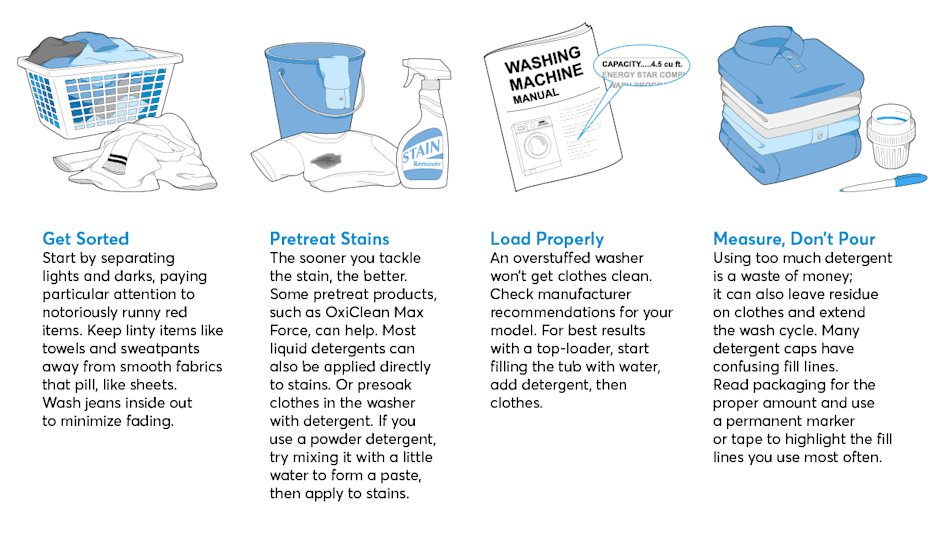
Illustrations: Brown Bird Design Illustrations: Brown Bird Design
Interpreting the Labels
Choosing a detergent should be easy, but labels can be confusing. Here’s what you should know.
- 1
- / 4
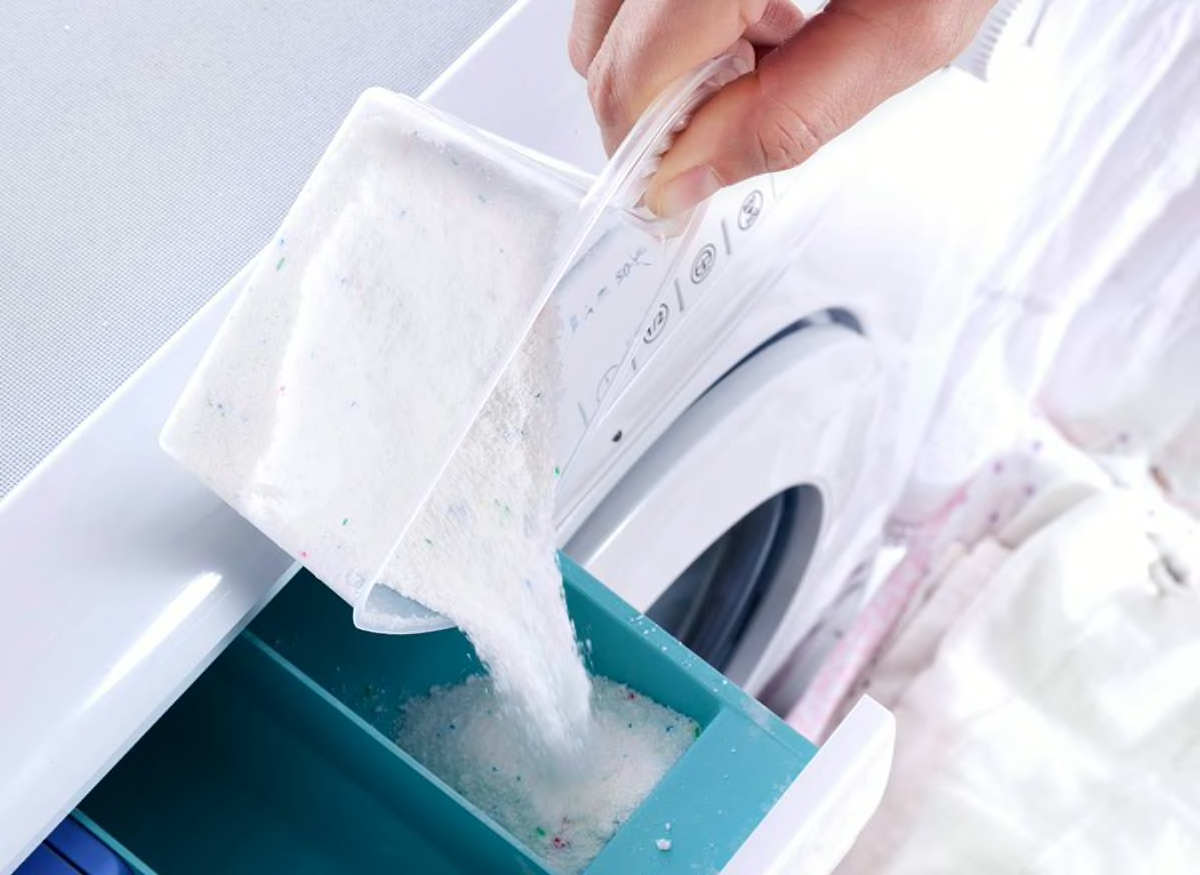
Bleach Alternatives
Some detergents come with oxi (or oxy), a color-safe bleach alternative. So pick one that rates highly in our tests, and if it doesn’t contain a bleach alternative, add a mild oxidizing agent in powder form, such as Borax or OxiClean, when needed.
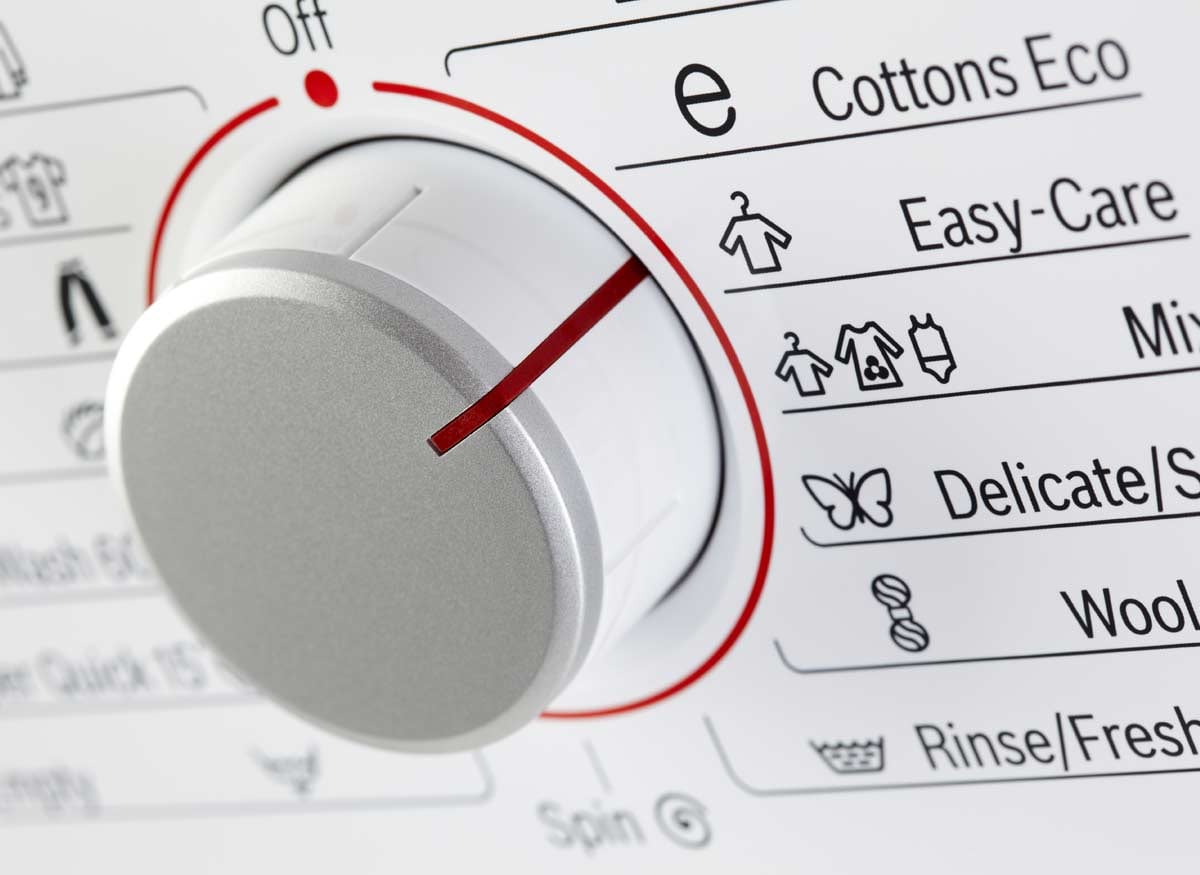
Detergents for Delicates
Some detergents are promoted as ideal for delicate fabrics. Instead, we recommend using an effective detergent and a washer’s delicate or gentle cycle.
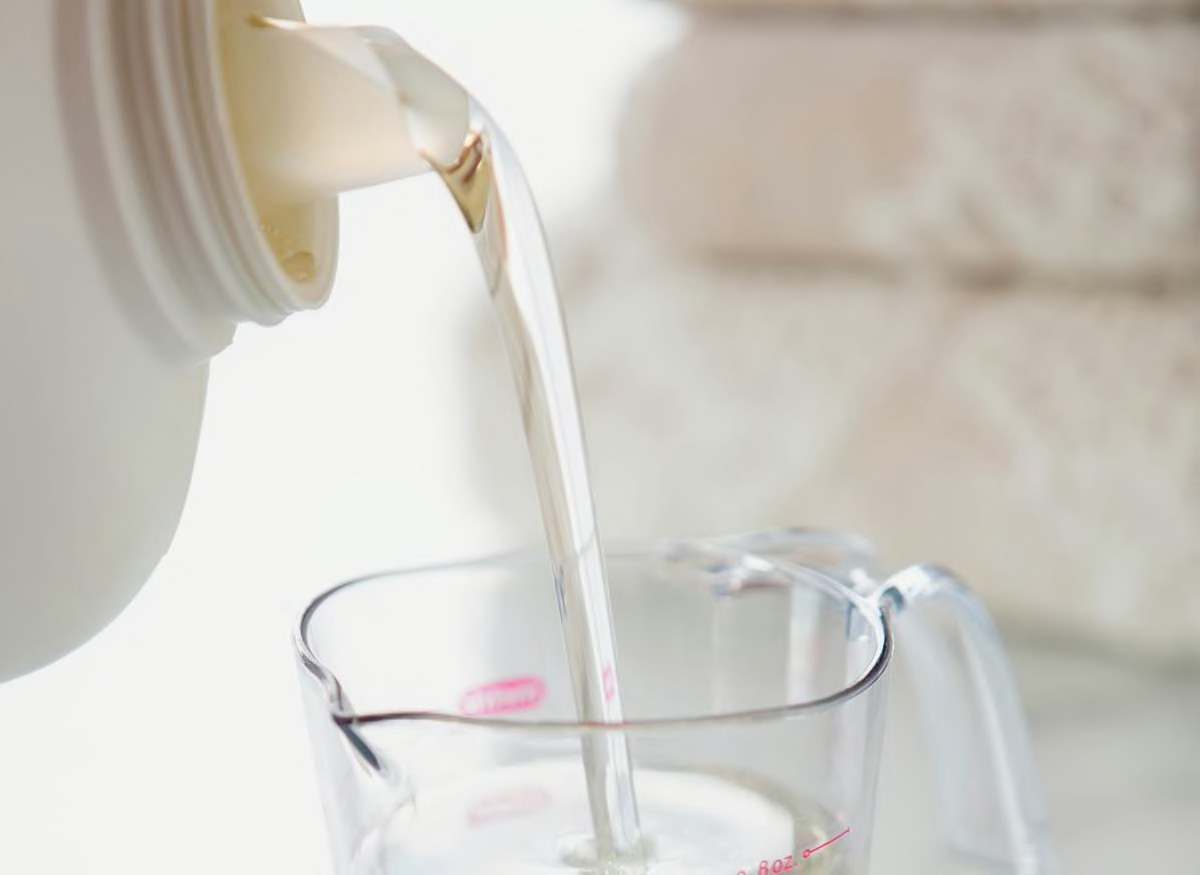
Fluorescent Brightening Agent (FBA)
This colorless compound, also known as an optical brightening agent, is added to detergents to make whites look brighter. Although most of the detergents we’ve tested have it, many manufacturers might not include this information on labels.
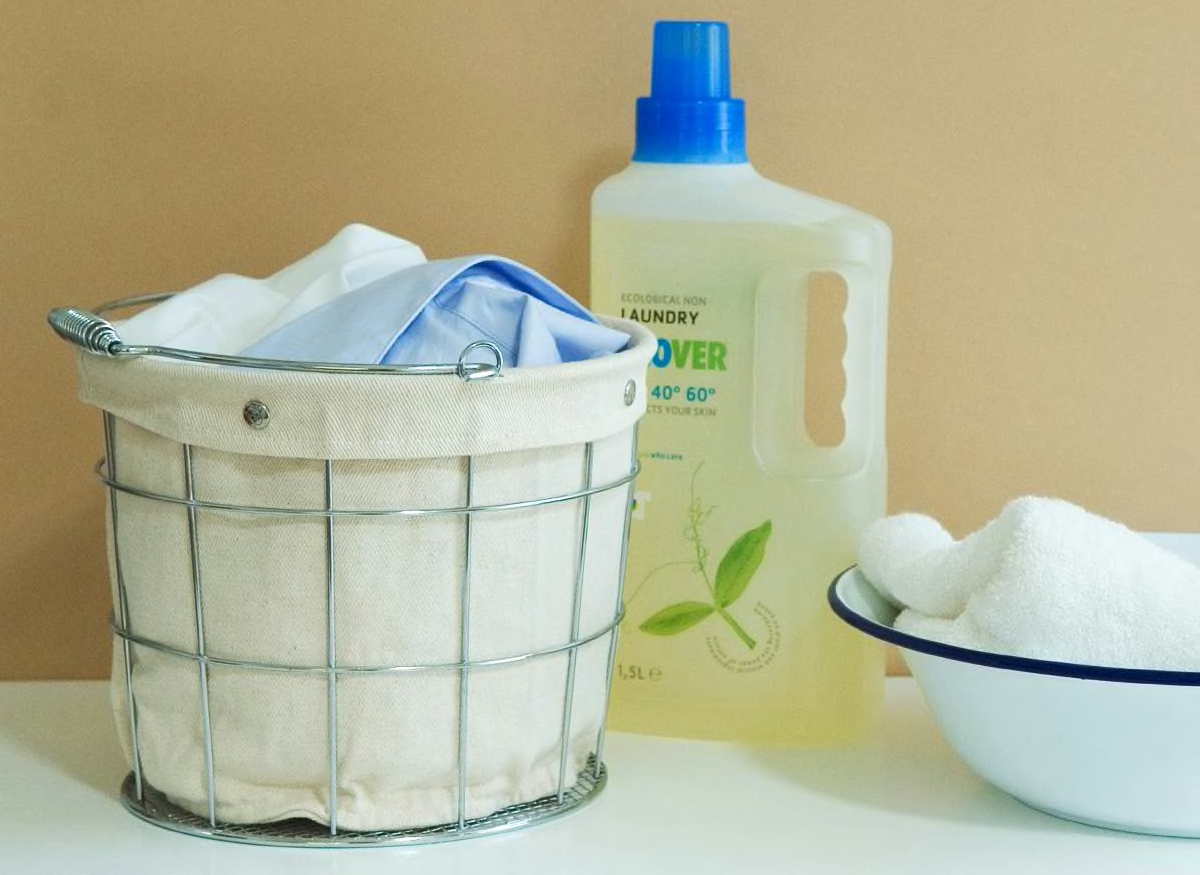
For Sensitive Skin
Most major manufacturers say their hypoallergenic formulas don’t contain dyes or perfumes. But detergents that are claimed to be free of dyes and perfumes may still have a scent from the chemicals used to make the formula. In our ratings, we tell you whether the manufacturer claims the detergent is formulated for sensitive skin.
Bleach Alternatives
Some detergents come with oxi (or oxy), a color-safe bleach alternative. So pick one that rates highly in our tests, and if it doesn’t contain a bleach alternative, add a mild oxidizing agent in powder form, such as Borax or OxiClean, when needed.
Detergents for Delicates
Some detergents are promoted as ideal for delicate fabrics. Instead, we recommend using an effective detergent and a washer’s delicate or gentle cycle.
Fluorescent Brightening Agent (FBA)
This colorless compound, also known as an optical brightening agent, is added to detergents to make whites look brighter. Although most of the detergents we’ve tested have it, many manufacturers might not include this information on labels.
For Sensitive Skin
Most major manufacturers say their hypoallergenic formulas don’t contain dyes or perfumes. But detergents that are claimed to be free of dyes and perfumes may still have a scent from the chemicals used to make the formula. In our ratings, we tell you whether the manufacturer claims the detergent is formulated for sensitive skin.
Laundry Detergent Brands
It’s available in liquid, powder, and single-load packs and is sold in retail chains across the U.S. Henkel is the manufacturer.
Ariel, owned by Procter & Gamble, has liquid, powder, and single-load Pods. It’s sold at national retailers like Walmart, Home Depot, and online at Amazon.
Arm & Hammer detergent is available in liquid, powder, and single-load packs and is sold at discount, food, and drugstore retailers nationally. Church & Dwight makes this brand of detergent.
Introduced to the American market in 1950, Cheer quickly became Procter & Gamble’s second-leading brand of laundry detergent after Tide. Since then, Cheer has been repositioned as P&G’s lower-priced brand. It’s available through mass retailers nationwide.
Earth Breeze is a leading laundry detergent sheet brand that manufactures hypoallergenic, liquidless eco-strips free of plastic, fragrances, phosphates, phthalates, and parabens. It’s designed to be vegan and gentle on the skin, and it works in both hot and cold water. It’s sold at Walmart and online at Amazon.
Another Procter & Gamble brand, Gain is best known for its fragrant laundry detergent and complementary clothing-care and cleaning products. Gain is available in liquid, powder, and single-load packs.
One of Europe’s leading brands of laundry detergent, Persil was introduced to the American market in 2015. Manufactured by Henkel, which also makes the All and Purex brands of laundry detergent, Persil is available in liquid and single-load caps and is sold in a wide range of stores.
Purex is manufactured by Dial, a subsidiary of Henkel (which also makes All and Persil), and is available at many national stores.
Seventh Generation, a major brand in the green product category, has plant-derived cleaning agents and enzymes. Its lineup includes Free & Clear Liquid for Sensitive Skin.
Tide, manufactured by Procter & Gamble, is the leading brand of laundry detergent and is sold at many national retailers. Tide makes a wide variety of detergents.



























